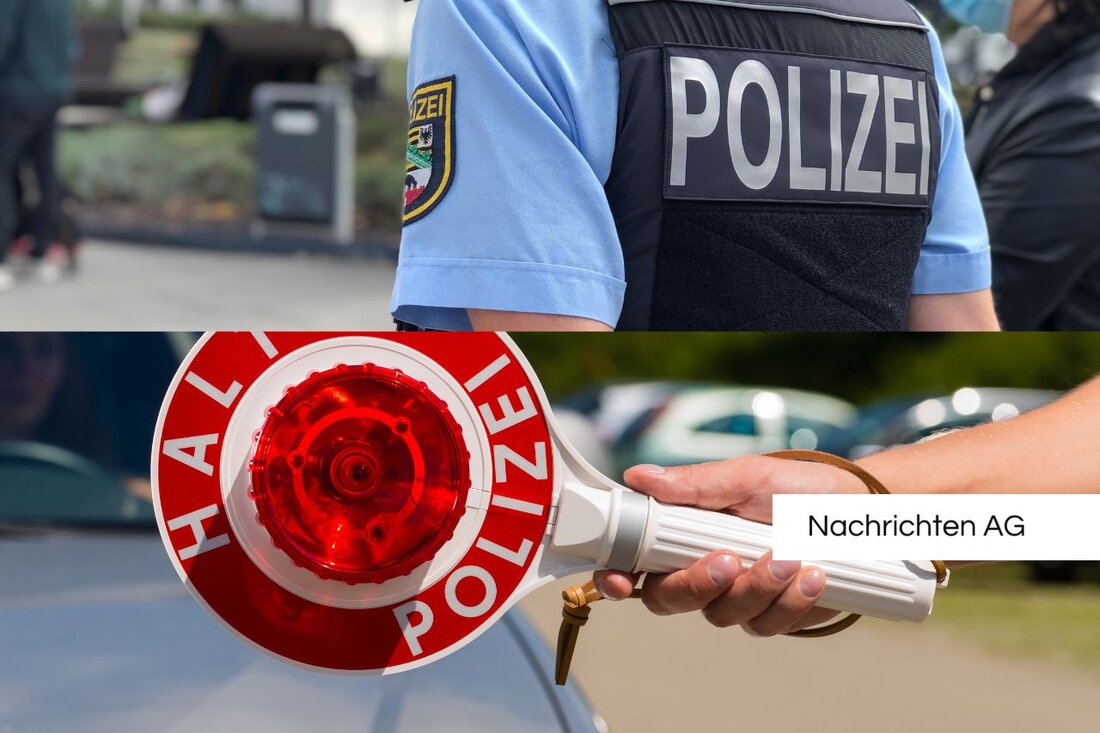Dresden fights against floods: This is how the city protects itself from heavy rain!
Dresden is preparing for heavy rain and flooding: inspection of rain overflow structures on the Elbe cycle path.

Dresden fights against floods: This is how the city protects itself from heavy rain!
On the Pieschener Elberadweg in Dresden, directly in front of the popular Ballhaus Watzke, a few experts gathered today to carry out an inspection of the storm overflow structure. Foreman Joachim Thomas and his colleagues Robby Horn and Alexander Muschner, all from urban drainage, are dedicating themselves to a topic of great importance: flood protection. After the heavy rainfall of the last few days, which has already put a lot of strain on the city, it is of utmost importance that the infrastructure functions optimally and can be relieved in time to prevent flooding.
In Dresden there are over 100 storm overflow structures that are used to relieve the sewer system in the event of heavy rain and to safely drain wastewater into the Elbe. These structures are designed to prevent canal overflow and are continuously monitored and maintained. The structure inspected today flows into the Neustadt interception canal, which ultimately leads to the Kaditz sewage treatment plant. The inspection itself takes just under four hours and follows the necessary cleaning work, which in particular involves removing branches and other flotsam. This can block the drain and cause damage to the infrastructure.
The consequences of climate change
Urban drainage in Dresden is exposed to sensitive changes due to climate change. Extreme weather phenomena such as prolonged periods of drought and sudden heavy rain are constantly increasing, which is becoming a challenge for urban infrastructure. Gunda Röstel, commercial manager of the city drainage, emphasizes that despite extensive disaster protection measures that were implemented after the devastating flood of the century in 2002, further adjustments are necessary to respond to the new climatic conditions. During long dry periods, the water in the sewer network flows more poorly, which leads to deposits and a greater need for more frequent sewer cleaning.
To address the increase in flood risk, the city has taken various measures. This includes setting up rain collection basins and checking the pumps and sewer systems in order to be able to control the water masses. This means that employees are able to set up mobile protective walls against flooding within an hour. The city has also extensively renovated the canal network and equipped it with remote-controlled valves that can regulate the flow like locks.
Future strategies for a changing Dresden
With a view to the urban challenges of the future, new strategies and concepts are constantly being developed. Projects like “Samuwa – City as a Hydrological System in Transition” aim to develop large-scale strategies for the city and reduce the costs of underground infrastructure structures. Through a combination of measures, the above-ground areas are intended to be made more attractive in order not only to beautify the cityscape, but also to take water management into account.
In order to sustainably minimize the risks of flooding, it is important that all decision-makers work closely together and take the necessary steps at an early stage. When identifying areas of action, attention is also paid to the design of areas that are suitable for infiltration in order to reduce the negative effects of sealing by new buildings.
The previous developments illustrate how crucial it is for Dresden to proactively face the challenges of climate change. Looking to the future, flood protection remains a central issue that greatly affects both the city administration and citizens. This is the only way to prevent the city from overflowing in extreme weather conditions and to ensure the safety of its residents.

 Suche
Suche
 Mein Konto
Mein Konto